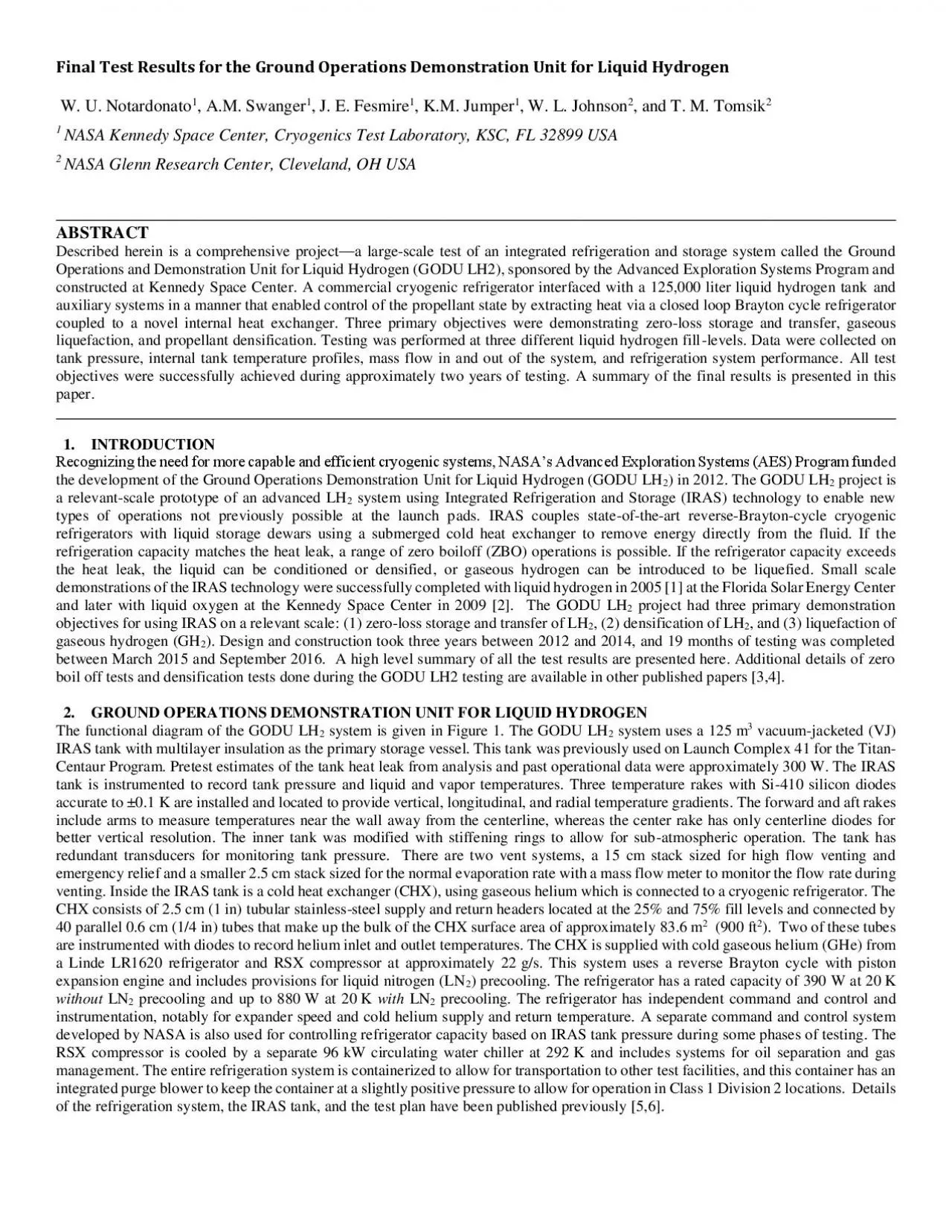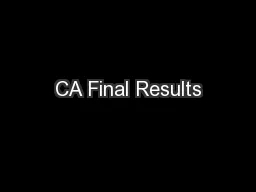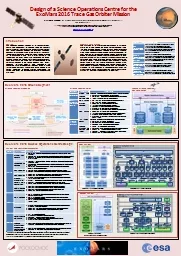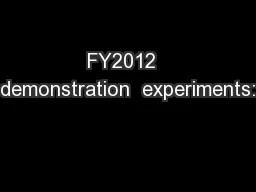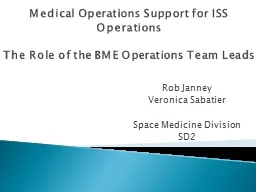PDF-Final Test Results for the Ground Operations Demonstration Unit for Li
Author : delcy | Published Date : 2021-08-07
W U Notardonato1 AM Swanger1 J E Fesmire1 KM Jumper1 W L Johnson2 and T M Tomsik2 1NASA Kennedy Space Center Cryogenics Test Laboratory KSC FL 32899 USA2 NASA Glenn
Presentation Embed Code
Download Presentation
Download Presentation The PPT/PDF document "Final Test Results for the Ground Operat..." is the property of its rightful owner. Permission is granted to download and print the materials on this website for personal, non-commercial use only, and to display it on your personal computer provided you do not modify the materials and that you retain all copyright notices contained in the materials. By downloading content from our website, you accept the terms of this agreement.
Final Test Results for the Ground Operations Demonstration Unit for Li: Transcript
Download Rules Of Document
"Final Test Results for the Ground Operations Demonstration Unit for Li"The content belongs to its owner. You may download and print it for personal use, without modification, and keep all copyright notices. By downloading, you agree to these terms.
Related Documents

